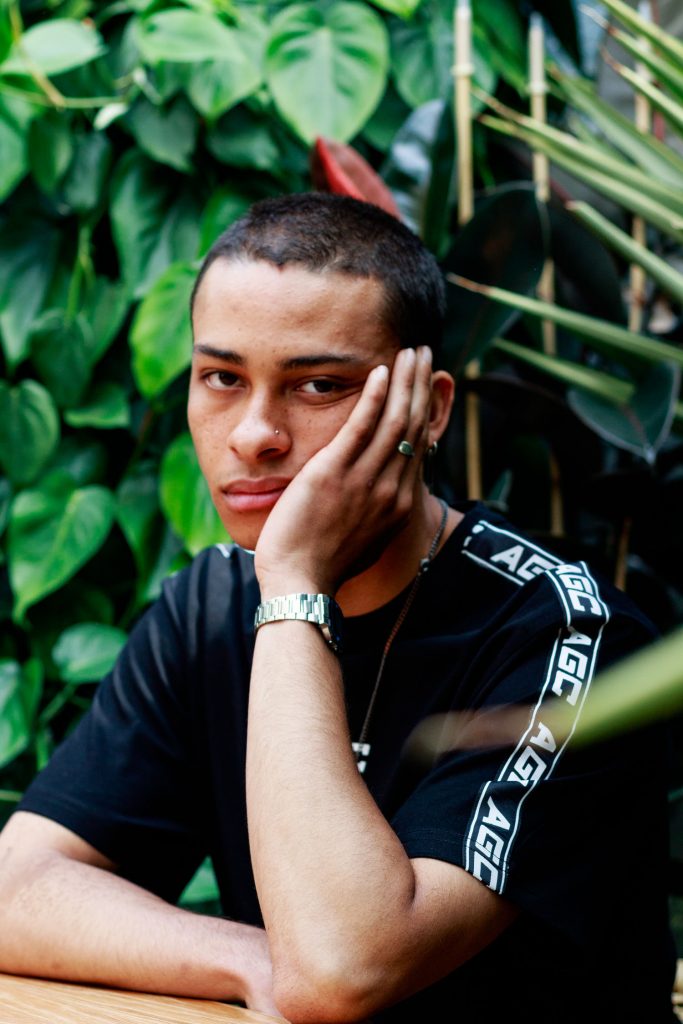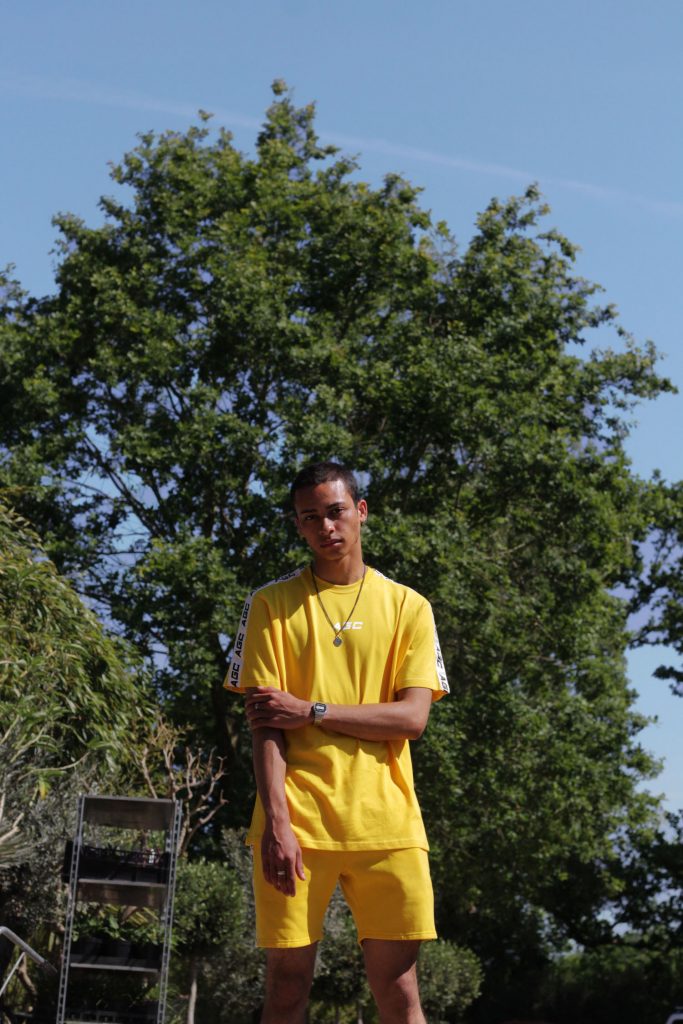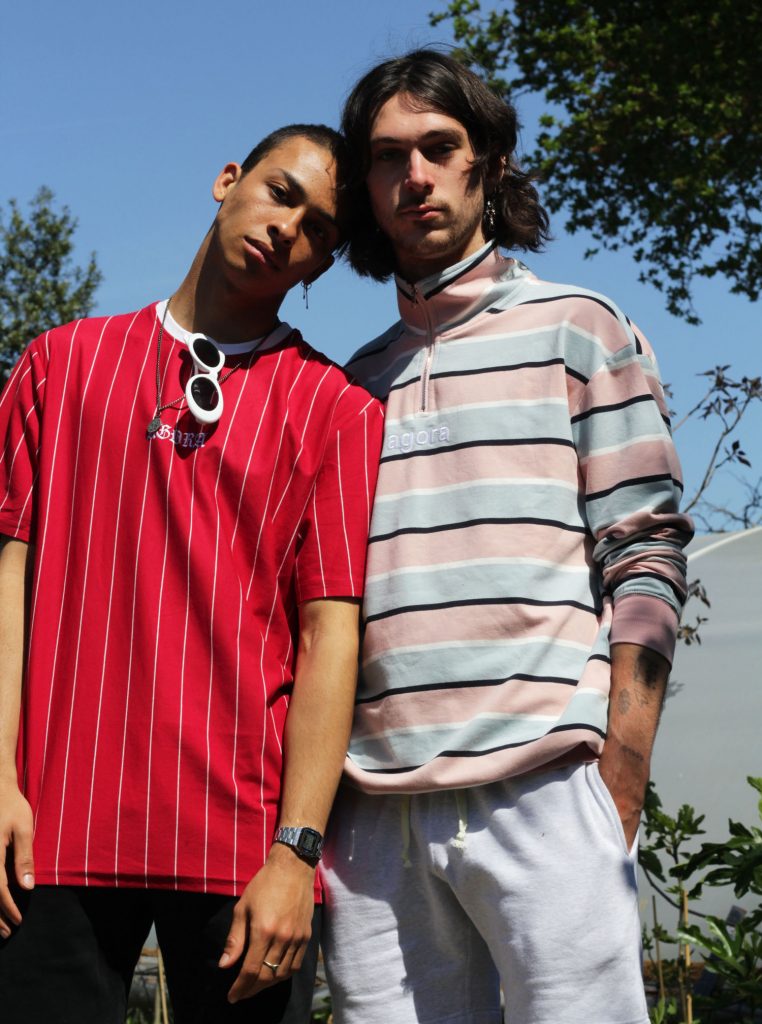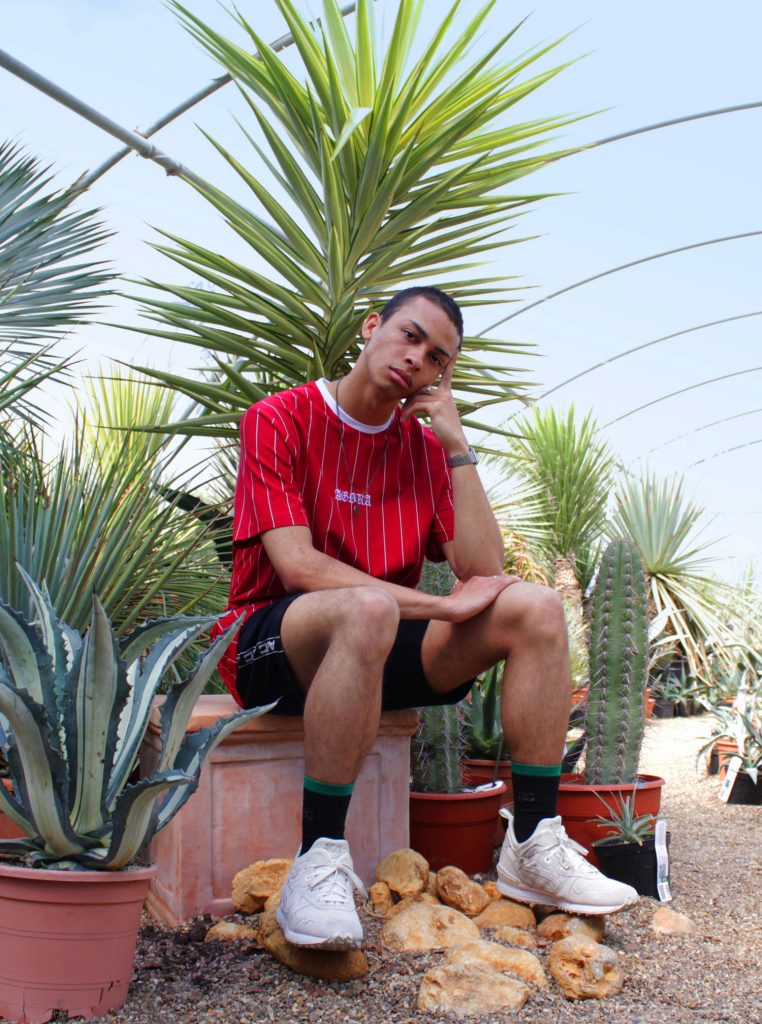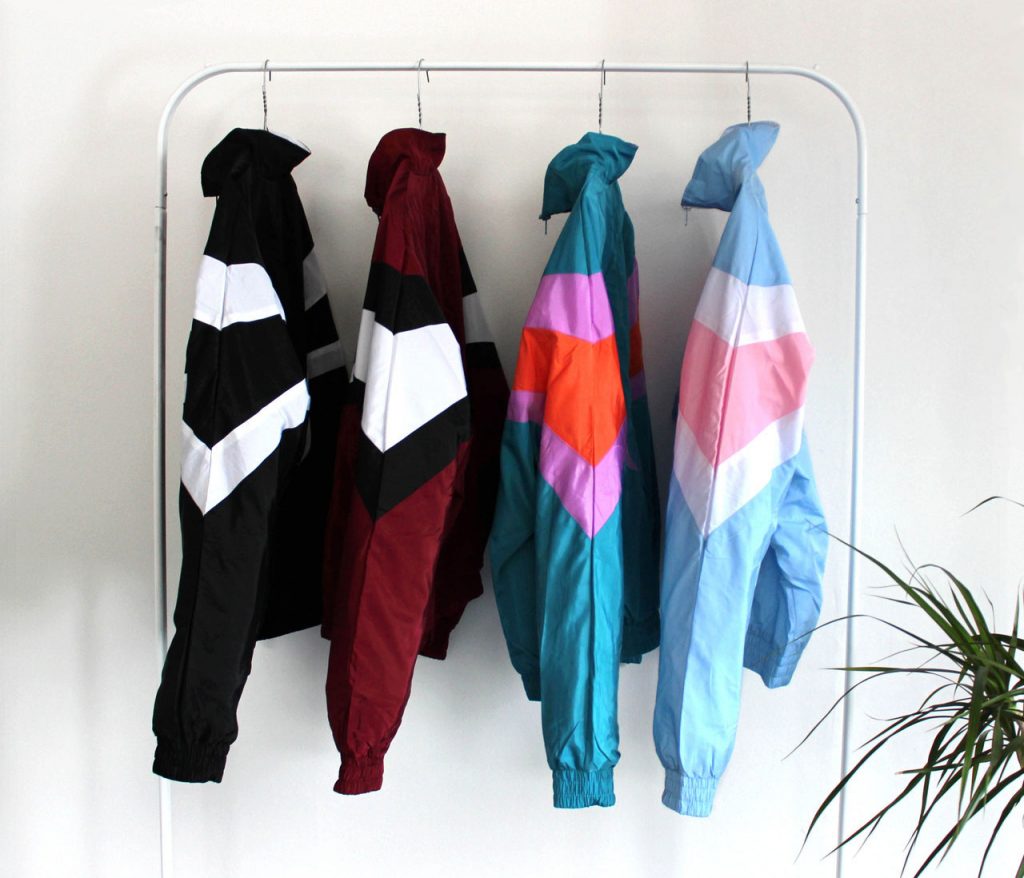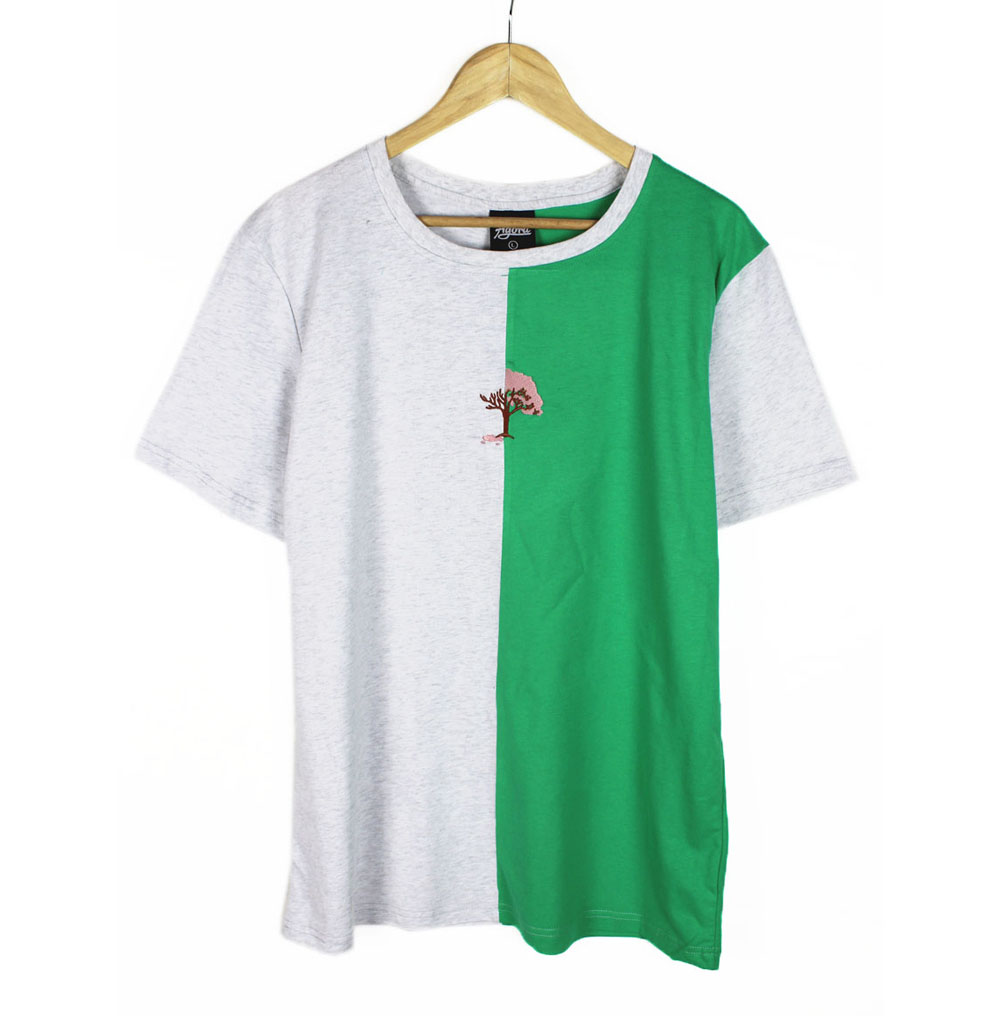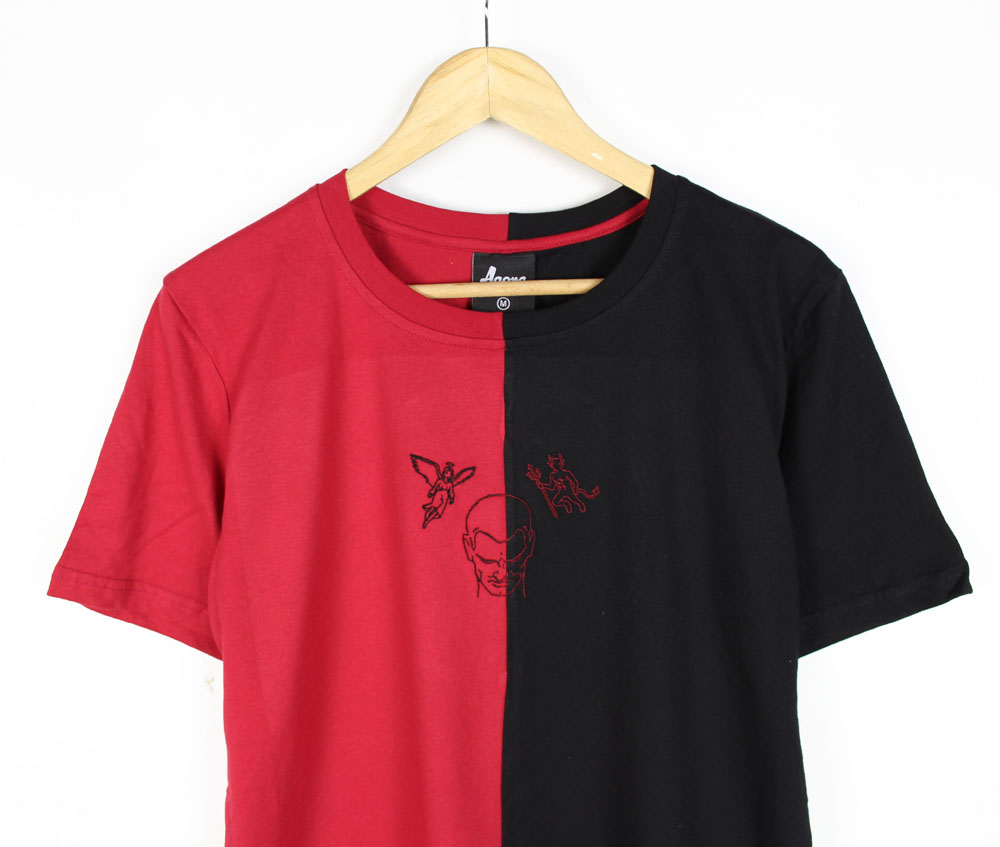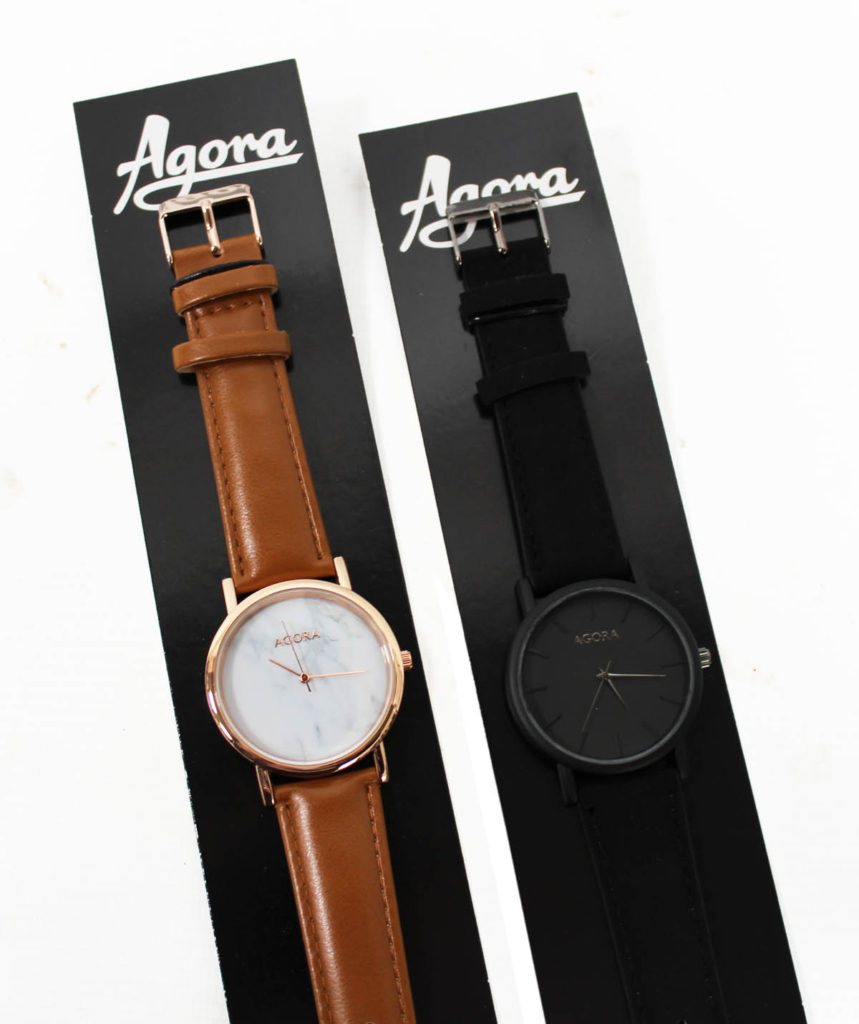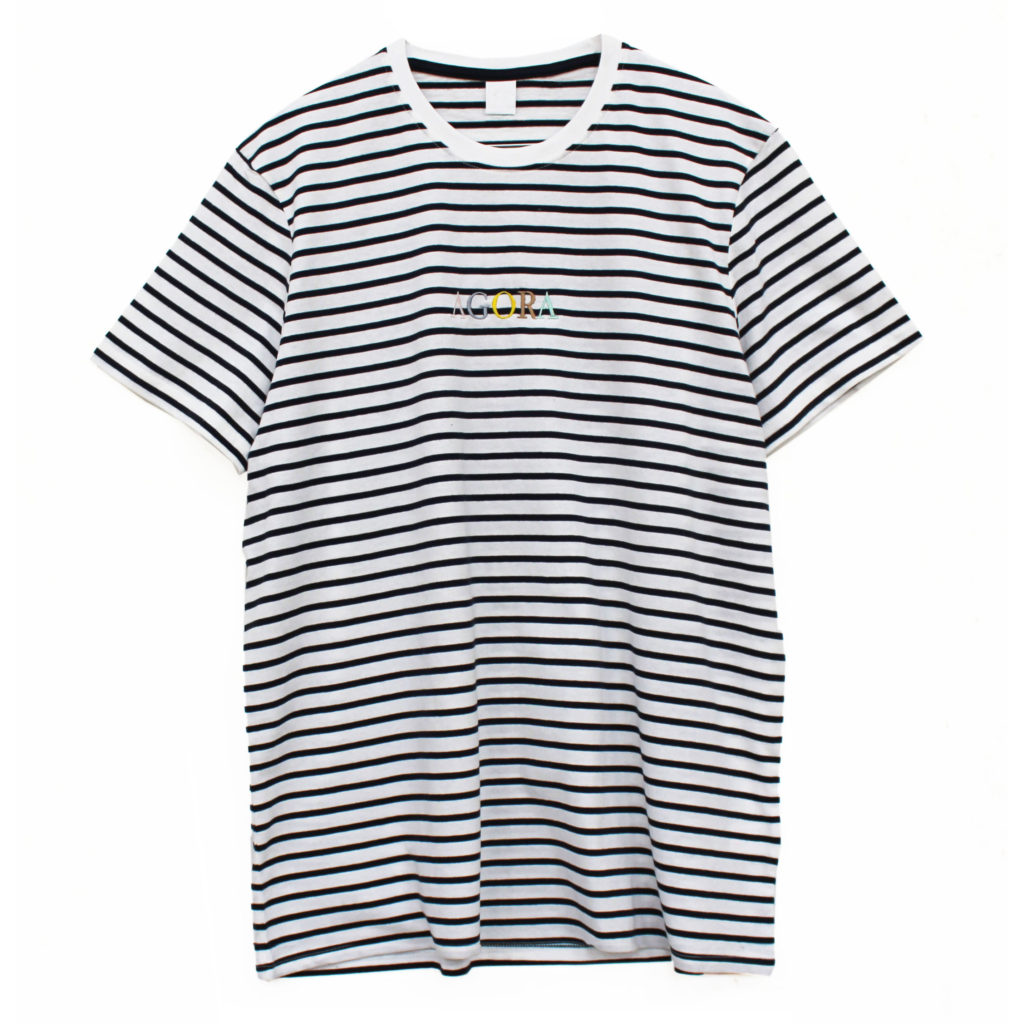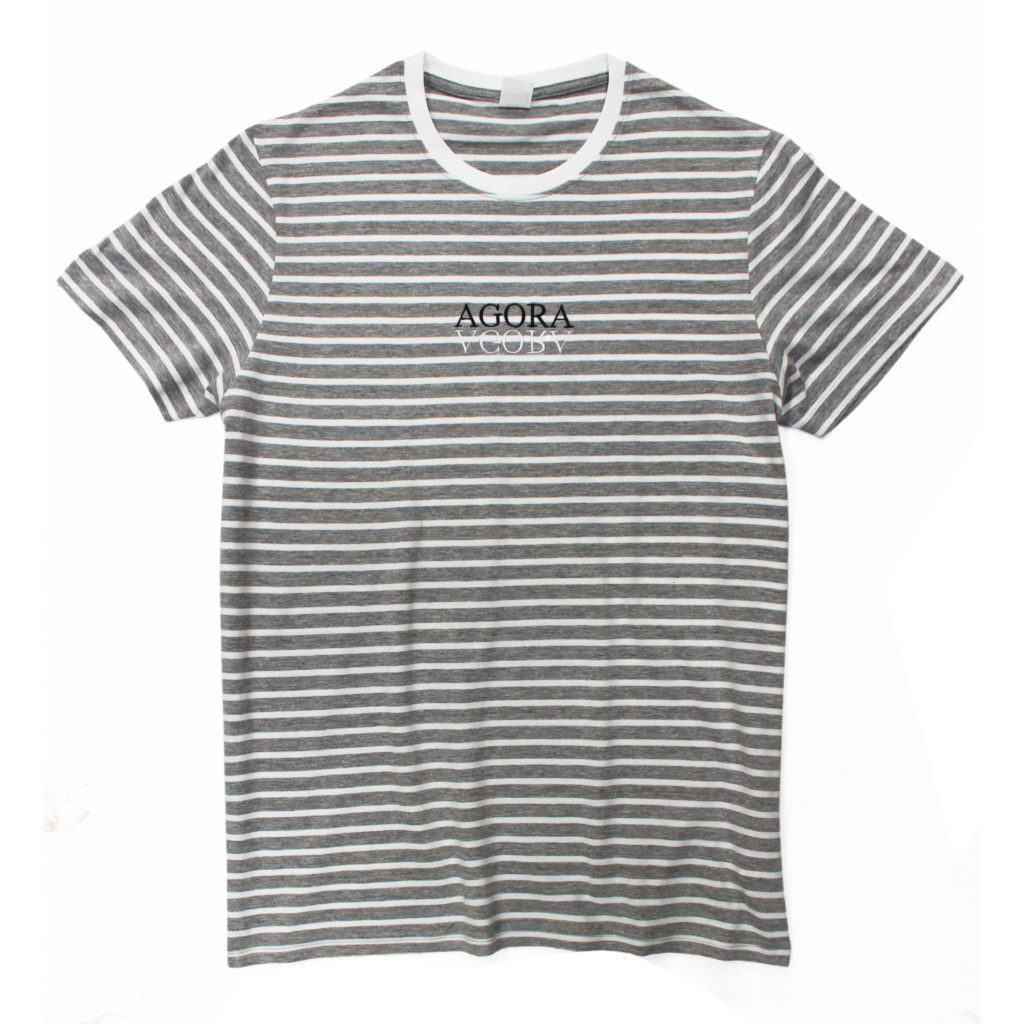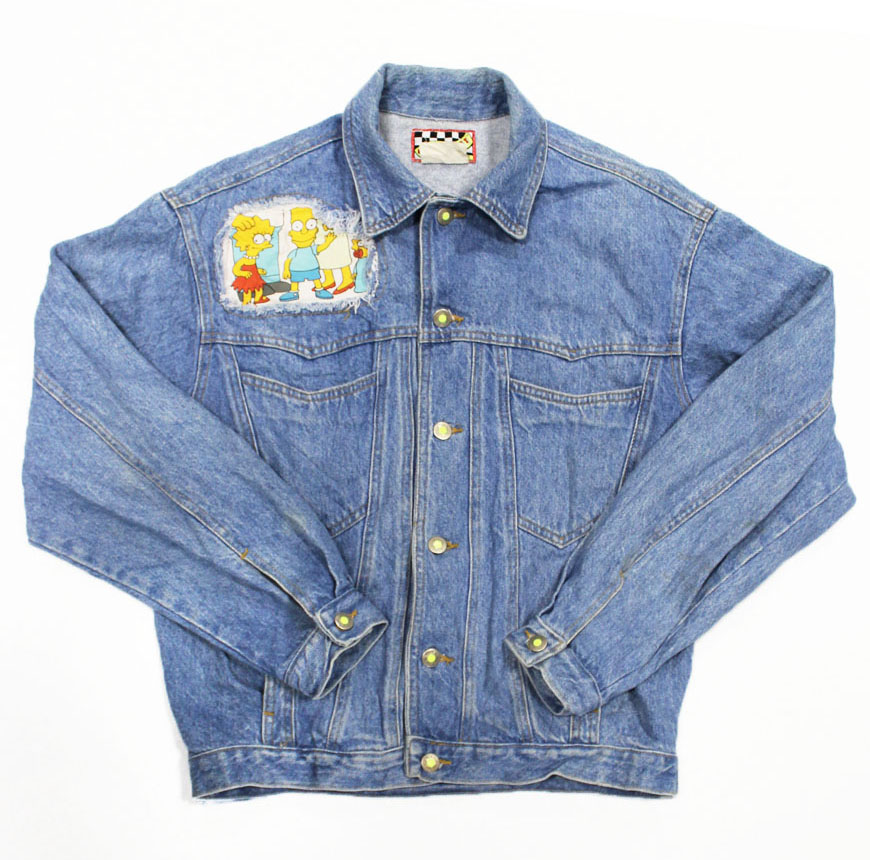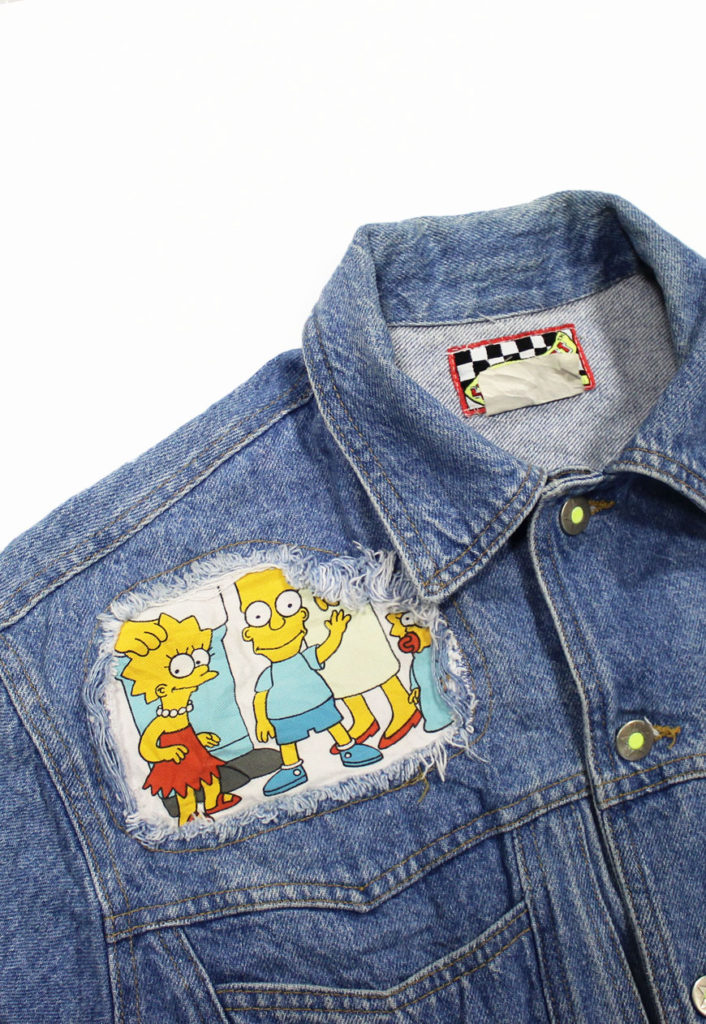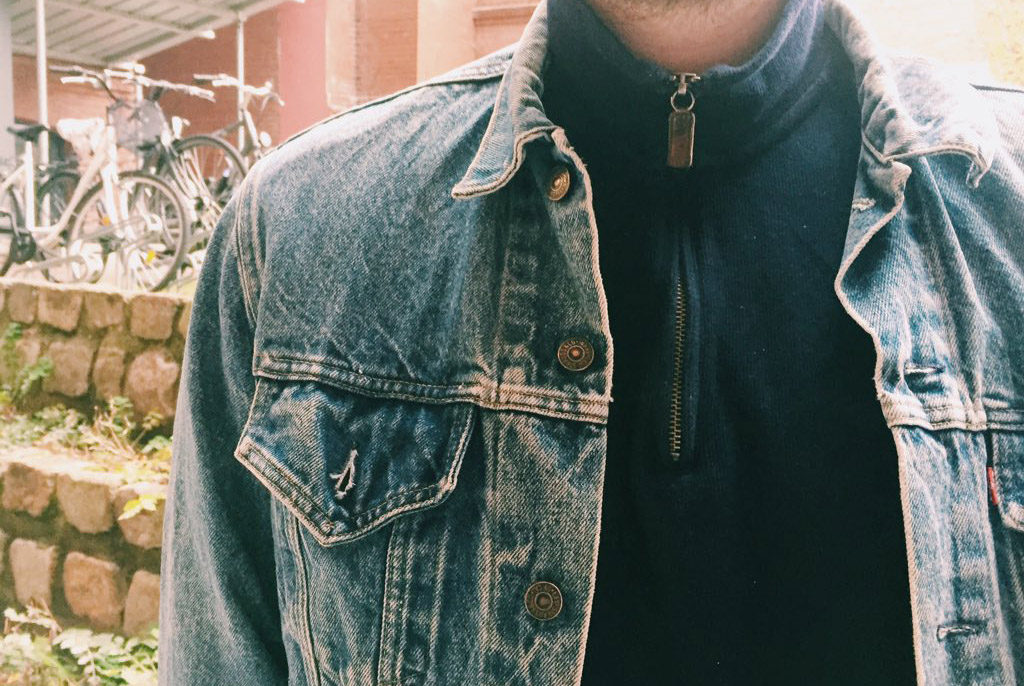
Words by Jake Taylor
Ringing your Grandparents can feel like a chore. Endless chats about the weather, Brexit and the underlying feeling that they are closet racists can make for a painstaking conversation. However, what you may not realise is that your grandparents could also be some of the coolest people in the world, due to the fact that the biggest trend within streetwear at the moment seems to be dressing like an old man.
Vintage has always been a big deal within streetwear; old Tommy Hilfiger and Ralph Lauren relics have always been staples. But this new trend is leaning towards more practical, basic and cozy clothing. Recently the likes of gilets, quarter length zip ups and fleeces (yes, fleeces!) have become the essentials for any streetwear follower. Clothing giants such as Supreme (who recently collaborated with the old timers favourite Aquascutum) and Stussy have also taking inspiration from this new trend, with plenty of new releases looking like clothes you would find in your local charity shop rather than a high-end fashion establishment.
Much like the palewave movement we’ve seen recently, one of the best aspects of this new aesthetic is that anyone can achieve this look. Whilst people still hunt for designer gear, the truth is you don’t really need to. Most charity shops will stock beaten up denim jackets and fleeces and if you’re lucky enough you’ll come across some absolute steals.
The tones you’re looking for are earthy ones with khaki, forest green and camel being some of the basic staples as well as checkered and plaid patterns. Pair up a Ralph Lauren fleece with a beaten up denim jacket or gilet, chuck on some cargo pants and a fishermans beanie and head out onto the streets where you’ll be one of the trendiest people about. Or, head up to the Pennines where you will be ready to take on the terrain – the choice is really yours.

Workwear is one of the key aspects of this trend and it’s part of the reason we’ve seen a recent boom in the likes of Dickies, Carhartt and to an extent Doc Martens – which have now stopped being the shoe of the choice for the alternative crowd and now are a basic staple for any streetwear blogger. I doubt the fishermen, coal miners and dock workers of yesteryear cared too much bout whether the hems in their Levi’s were turned up perfectly or whether they even thought they looked good in what they were wearing for everyday life but the truth is that these people have inspired the newest boom in streetwear.
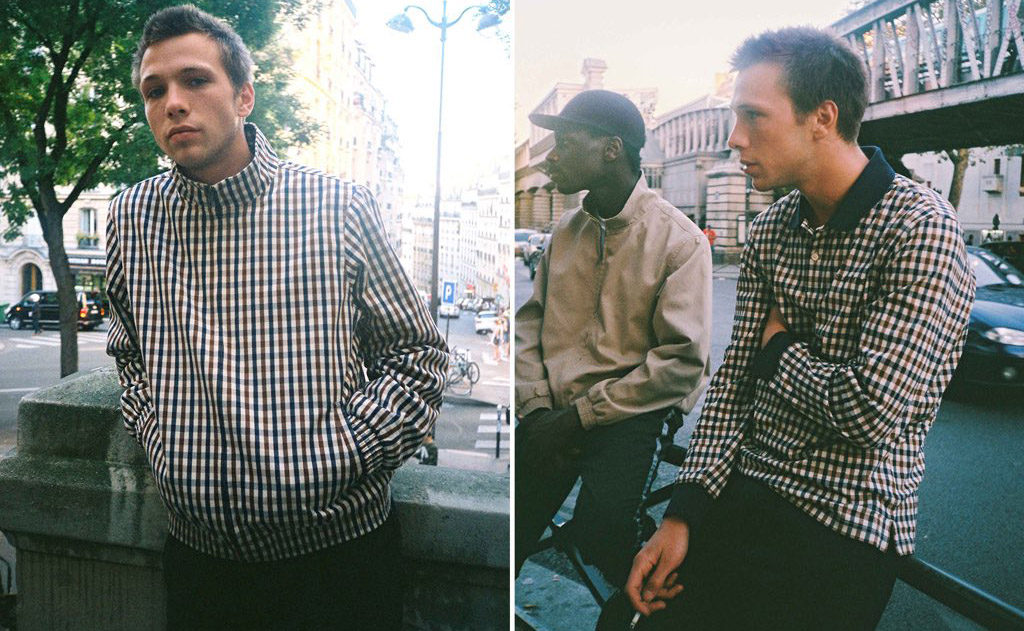
So, call up your granddad tonight. Ask him how he’s doing and see if he’s got any clothes he fancies chucking away – he probably will. My granddad recycles the same ASDA George jumpers, Levi’s and DM’s for as many years as he can whilst having a full closet full of bangers hidden away in his bedroom. The clothes that he has will more than likely be extremely fashionable now, so chuck them in a bag and put them on when you get home, take a snap in the mirror and hashtag ‘#OOTD’ and watch the likes roll in. But remember, your granddad is a fashionista now and he’s probably cooler than you.
For more thoughts from Jake Taylor, visit his blog




